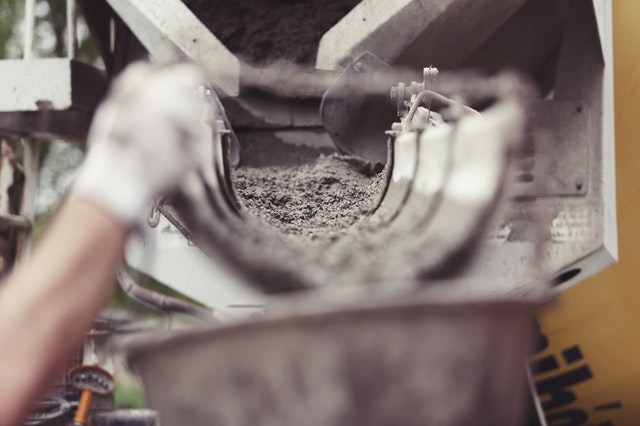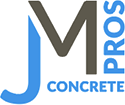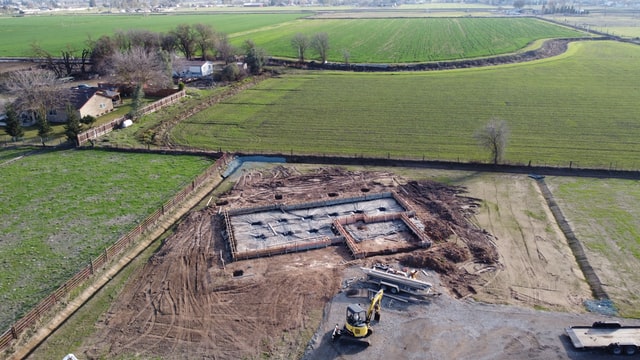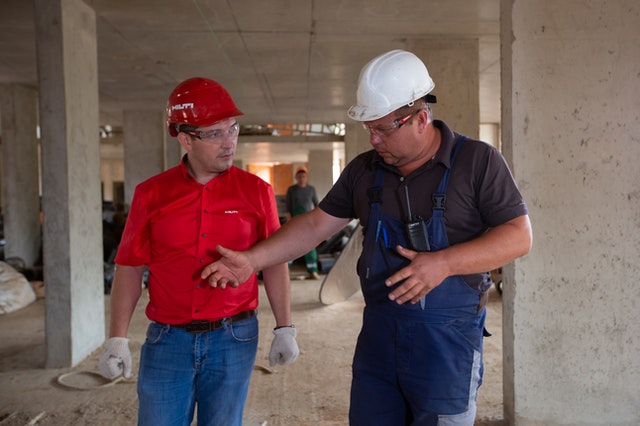
The number one factor for a lasting building is choosing the proper foundation. The foundation is the base on which all structures of the building rest. It anchors the entire house and determines its stability. A building’s foundation is vital that if you make mistakes, you may have to demolish the whole structure before correcting the problem.
Taylor Street Management says, no other part of the building commands such importance. That is why a damaged or failing foundation is one of the homeowner’s most-feared problems. Take steps to choose the proper foundation for a building and ensure that you construct the foundation properly.
Factors that determine what kind of foundation you use in a building are:
- The type of soil present on the lot.
- The level of the water table and how drainage.
- The slope or gradient of the land.
- The climate of the location.
- The style and design of the house.
- The financial capabilities of the homeowner.
There are different types of foundations you can use for your house. But one of the best ones to consider is a monolithic foundation slab. You can install a monolithic slab foundation faster than other foundation types. It will not affect their strength and stability: the most crucial qualities in a building’s foundation.
What is a monolithic foundation slab?
The two main things about a monolithic foundation slab are:
- You execute the foundation in one pour.
- You lay the slab almost directly on the soil.
In a monolithic foundation slab, you can pour the footing, foundation wall, and slab at once. There are no joints between these three components; they are made from one single block of concrete. That is why this type of foundation is called monolithic (‘mono’ means one, and ‘lithic’ means stone).
Other types of foundations take three pours; you pour the footing, foundation walls, and slab at different times. You do a monolithic foundation slab in one pour. Lay the slab at a shallow depth in the ground; it does not require excavation. But to make the foundation, a large amount of concrete and metal reinforcement is used. This type of foundation is described as floating.
Steps for making a monolithic foundation slab
- Step one: Remove the fertile layer of soil from the site. That is the top layer, along with all organic material.
- Step two: Pour an initial layer of sand and crushed stone or gravel. It should have a thickness of 40cm – 60cm, depending on how clayey the soil is.
- Step three: Pour a small layer of concrete. Do this to level the ground, and it will serve as a protective layer for the waterproofing that will come next.
- Step four: Lay the waterproofing material over the concrete. Insulation follows this.
- Step five: Lastly, pour the main layer of concrete after adding reinforcements.
When to choose a monolithic foundation slab
You should use a monolithic foundation slab if your site or building meets the following conditions;
- If the house does not need an elevation to protect it from flood, a monolithic foundation slab may work. If the house needs to rise above a floodplain, use another type of foundation.
- If the site you are building on is even, a monolithic slab foundation is a great option. On uneven ground, this type of foundation is not ideal. That is because you will need a lot of concrete to compensate for the slope.
- If you don’t think you need a basement in your house, you can go with a monolithic foundation slab. But if a crawlspace or basement is an absolute necessity, this type of foundation will not work.
- If you are building on soil with low stability or clayey soil with a great depth of freezing, this is the best foundation to use. No other foundation provides the stability that a monolithic foundation slab can give in those conditions.
Pros and cons of a monolithic foundation slab
There are some adverse sides to using this type of foundation.
Cons:
- There is the risk of the house getting flooded due to being very low to the ground.
- If the foundation cracks, the cost of repairs can be very high. (J+M Concrete Pros uses a high-quality concrete mix to ensure this doesn’t become an issue. Contact Us Directly to learn more.)
- It does not have a high resale value.
Of course, on the positive side there are many advantages:
- You can install it on almost any kind of soil.
- It does not require excavation.
- Therefore, the cost of labor is minimal when compared to other foundations.
- As a result, this type of foundation is faster to construct.
- You can use it in locations with unstable soil.
- It is simple to build and does not require a lot of skill.
- You can erect almost any kind of residential building on it.
- It is low-maintenance.
Interested in learning more or getting a quote? Contact Jorge at JM Concrete Pros today!


